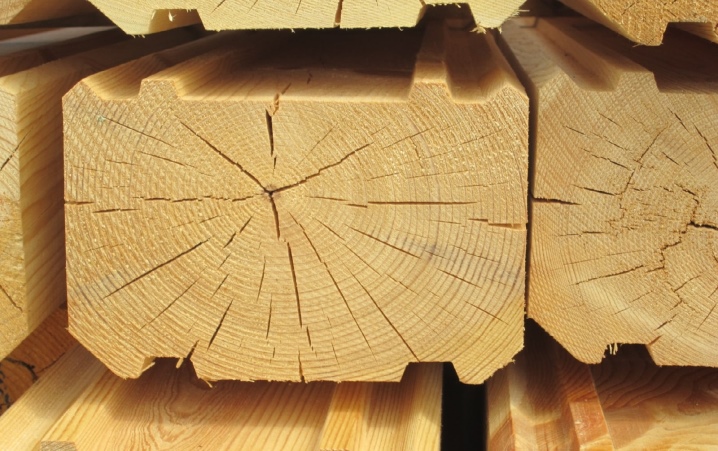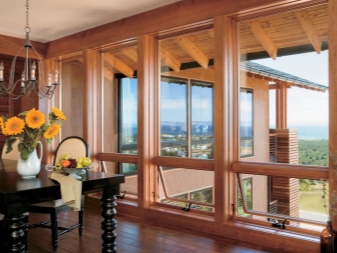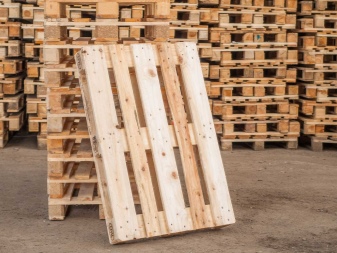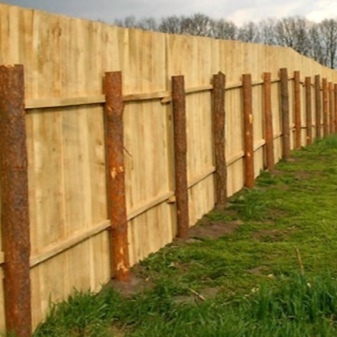All about wood varieties

Knowing everything about the types of wood is necessary for those who equip dwellings, build and repair them. Everything is important: what GOST says about hard varieties, what the varieties are in general, what are the characteristics of the classes and their assortment. No less significant points: the difference between grade 1 and grade 2 and 3, AB and BC, as well as the number of grades depending on the quality of the finished product.

What is assortment?
Under the name "assortment" sawn timber of a certain purpose can be sold. This term is allowed to be applied to chipped, round or sawn workpieces. However, in any case, there must be compliance with the standards of GOST or technical conditions. The round assortment is divided into deciduous and coniferous categories. Overall dimensions in nominal terms are established by standards at a certain degree of humidity. Minimum, maximum and multiple lengths can be set, as well as acceptable levels of deviations.
The length gradation is as follows:
- for round wood - 10-50 cm;
- for lumber - 25 cm;
- for packaging structures - 0.1 m;
- for workpieces for other purposes up to 1 m long - gradation of 5 cm.


Allowances are always indicated, that is, mandatory additions to the nominal parameters of assortments. The length allowance guarantees that at least the nominal value is maintained when processing a tree that is clogged and cracked at the end. For round timber, the allowance value ranges from 30 to 60 mm. Their volume is calculated without adjusting for this allowance.
The corresponding indicators for coniferous and deciduous species are given in different sections of GOST 6782, approved in 1975.

Everything about the perfect variety
This category includes only the most valuable and dense types of wood. Any blemishes, including tarry pockets, are not allowed. Any workpieces with an uneven surface cannot be classified as an elite grade. For the most part, they are narrow and short. The larger the lumber, the more expensive it is.
However, it should be noted that not all consumers like completely clean and free from deformations. At some distance, it looks like plastic. Even the state standard allows a certain number of knots and cracked spots. Minor presence is allowed:
- ribs;
- edges;
- accrete or separate knots;
- end cracks;
- resinous pockets;
- wane;
- bevels of cuts.

Other varieties categories
Consider some other varieties of varieties.
1
This type of wood is in great demand. Cracks and knots may be present but are kept to a minimum. There should be no signs of decay, parasite attacks, or through holes. The first grade tree has sufficient characteristics for use in:
- critical structures;
- windows;
- doors.


2
This category of assortments includes sawn timber with minor defects. You can let such pieces of wood on the crate or on the shields.
Important: they should not impair the perception of finished products.
Therefore, it is possible to determine compliance with the second grade of wood by the absence of:
- cracks of great depth;
- rotten knots;
- signs of rottenness (but loose knots with a cross section of up to 2 cm are allowed).

3
The difference between such sawn timber in Russia is that they are, to put it mildly, not very high quality. From this material, you can make, for example, a box for packaging during transportation in transport. Also, flooring and pallets are produced on its basis. All the same, despite the problematic level, there should not be intergrown knots and cracks extending to a great depth. But there may be individual wormholes, moldy dark and white areas and tobacco knots. Due to this, the total bearing capacity is very limited and does not allow the use of such a tree for at least some critical structures.


4
This is the cheapest lumber category. She is allowed on temporary fences, sheds and utility blocks. It is quite permissible for this kind:
- clear signs of roughness;
- wane;
- splicing knots together;
- large-scale rot damage (if only the wood does not creep in the hands and retains a minimum of solid components throughout).
Non-fused knots in grade 4 can cover more than half the length of the board. Roll coverage of 50 and more percent of the area is allowed. A through crack up to ¼ of the length will also be common.
Important: you can't just take any bad board or log and declare it the fourth grade. This material has a number of other parameters enshrined in GOST 2140.


Extra, Prima, AB and BC groups
There is also an alternative gradation of sawn timber characteristics. In this classification, the first place is occupied by the "Extra" variety. It flawlessly meets all industry and government standards. When buying it, you can be sure that there are no defects. Complete homogeneity of structure and visible tone is guaranteed, very high density. Only the butt part of the barrel is used for the production of "Extra".

The definition of the Prima variety says that it is extremely close to perfection. The difference with the previous type concerns mainly the price. There are defects, but they are insignificant and do not have a significant effect on the quality of the bulk.
"Prima" is taken to make household appliances, decorative panels, trim cars from the inside.


The AB variety will turn out to be even cheaper than Prima. But this economy is not accidental: even at the first glance at the surface of the material, you can see that something is wrong with it. There are knots, small cracked areas, and resinous potholes. But the BC variety is worse than other varieties, it is the most inexpensive type of tree. Pronounced cracks are often found. There are a lot of knots, periodically poorly planed areas and wormholes are found.


Which class to choose for construction?
Boards and logs of the highest and first categories can be used on all construction sites of any building, including for roof sheathing. But, given the high cost of elite wood, it would be more correct to use the first grade for the roof. The highest one is recommended to be used for the main parts of the facade and the most critical load-bearing structures. The second grade is needed mainly for preparatory manipulations. It makes good formwork, external fencing or temporary scaffolding. Lathing for roofing and finishing materials would also be a good idea.
A third-rate tree is needed for utility blocks and temporary buildings. It can also be used to make walkways, flooring for wheelbarrows. Can be used to repair and replace wooden parts of tools. The fourth grade can only be used for preparatory and secondary work.
The only possible alternative is fuel for heating during construction and repairs.


The "Extra" grade is very often used for the manufacture of finishing lining. In most cases, lumber and timber of this class are obtained from solid pine. Therefore, they are used where especially high strength properties are not needed. Variety "Prima" is widely used for decking. Of course, breeds are selected that are maximally resistant to negative meteorological influences. This material can also be used for interior work.














The comment was sent successfully.